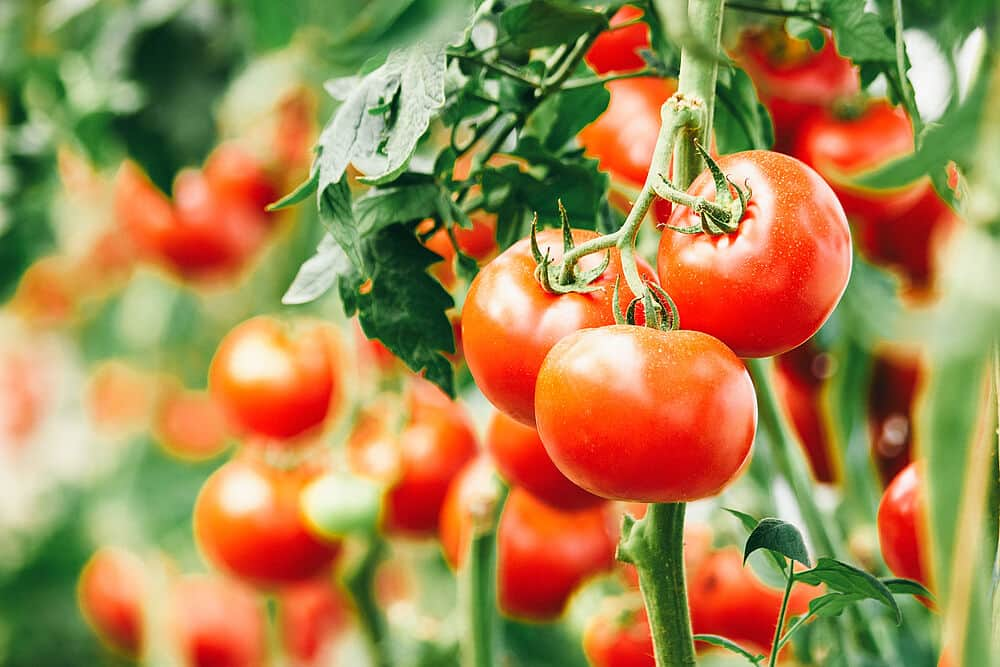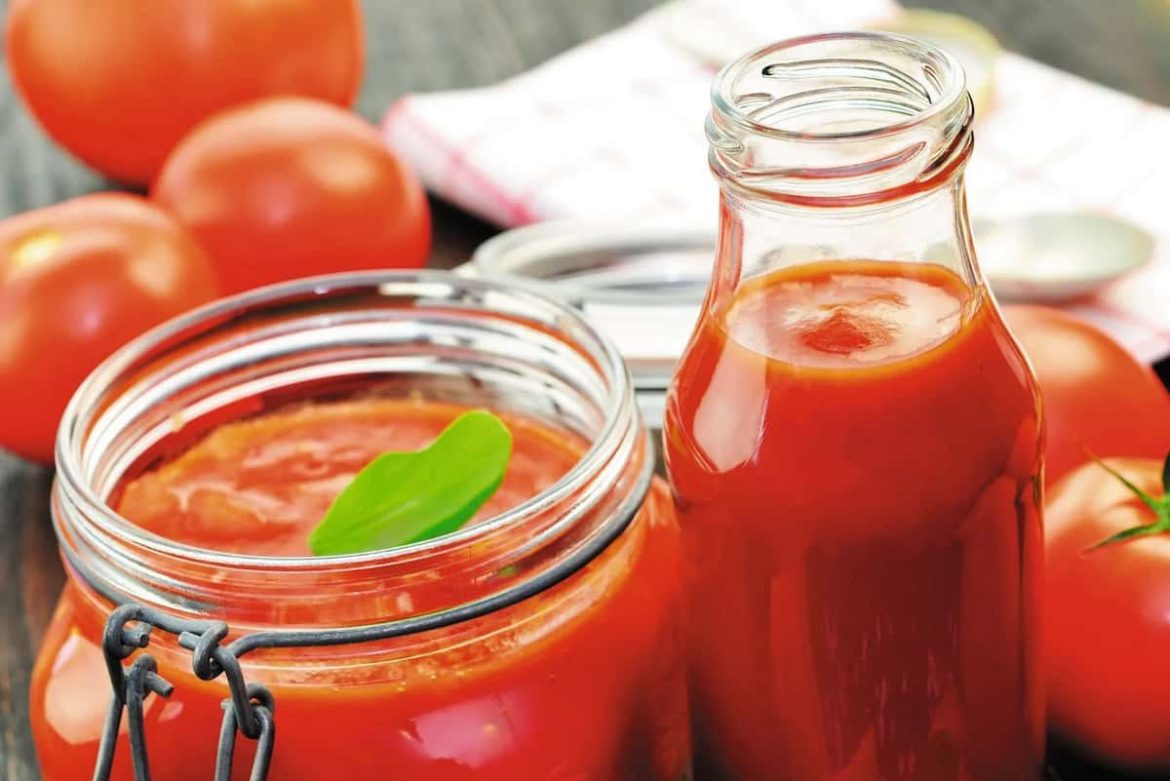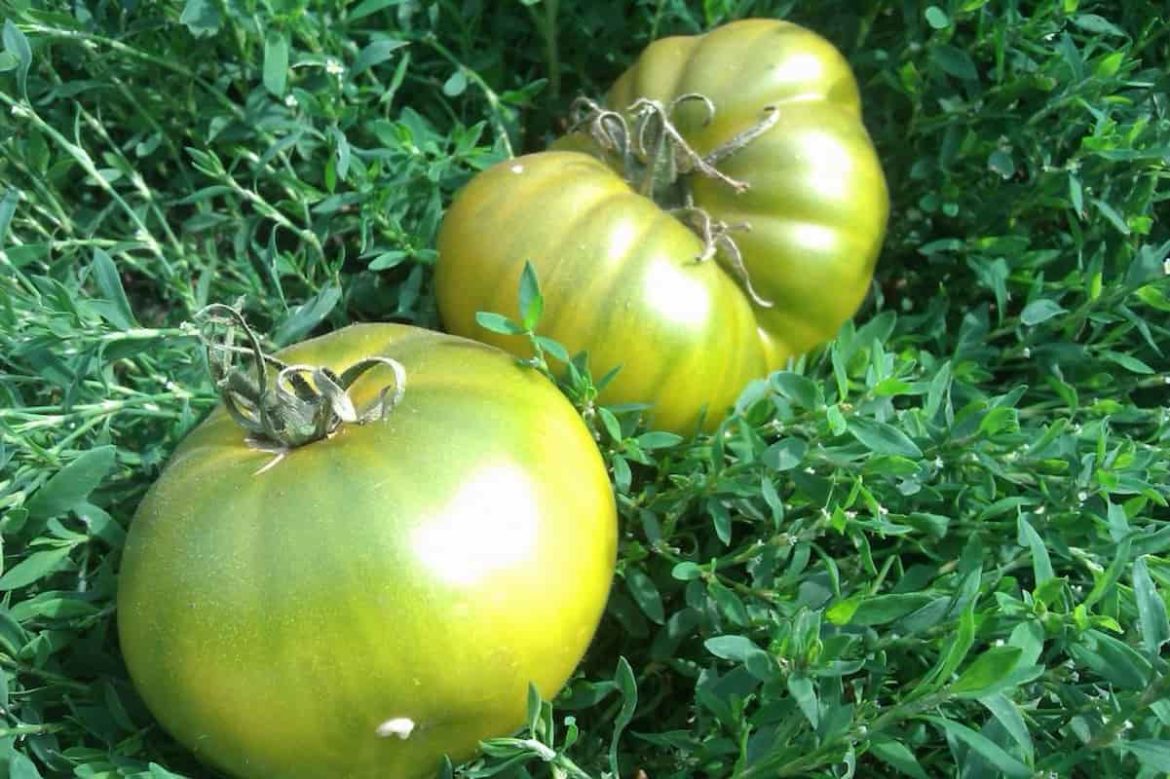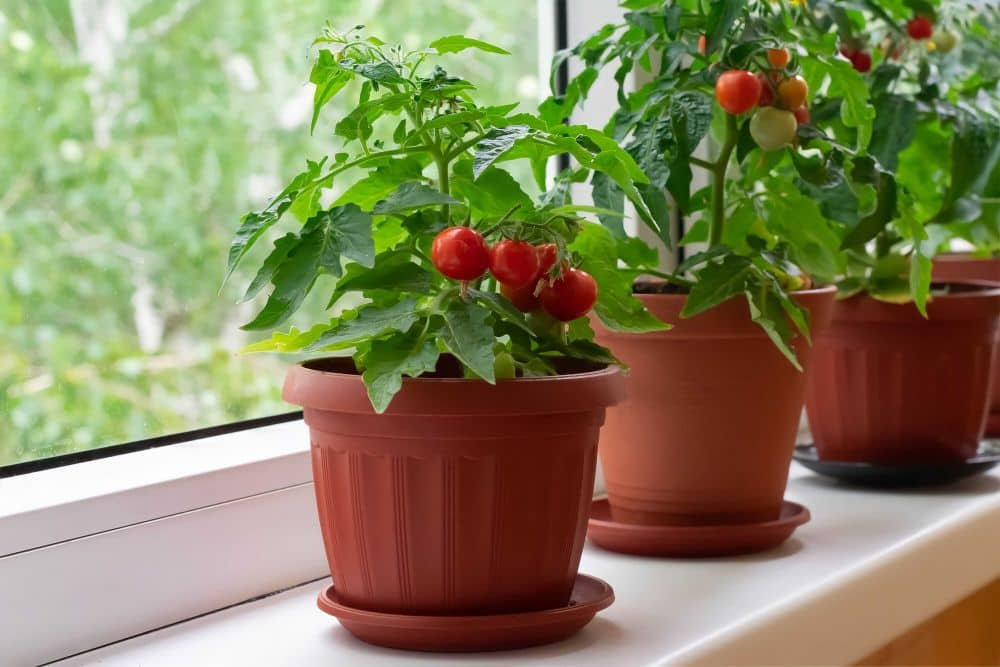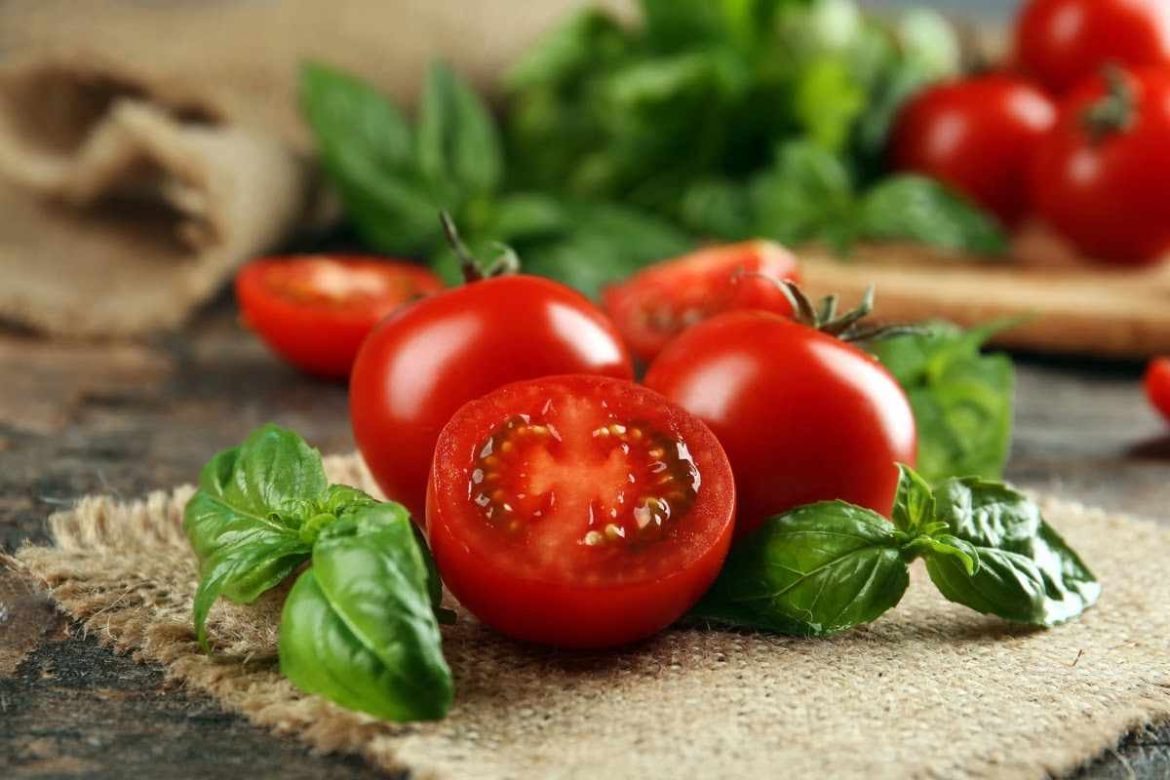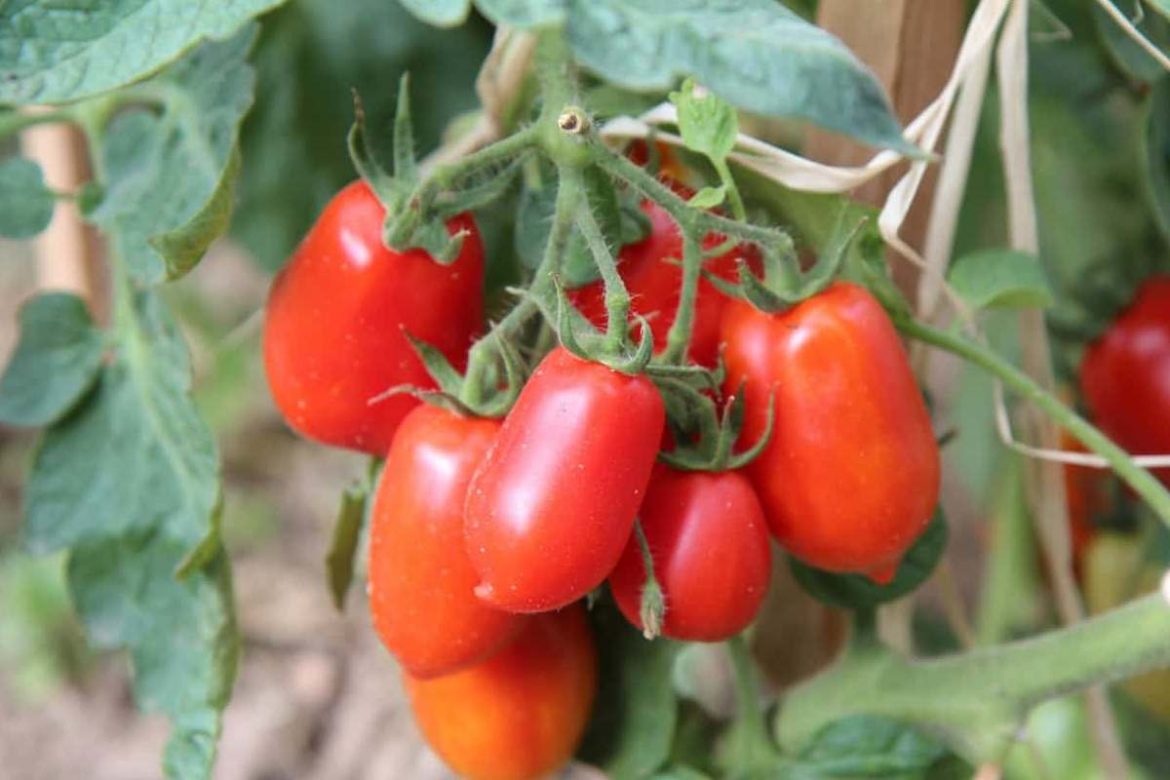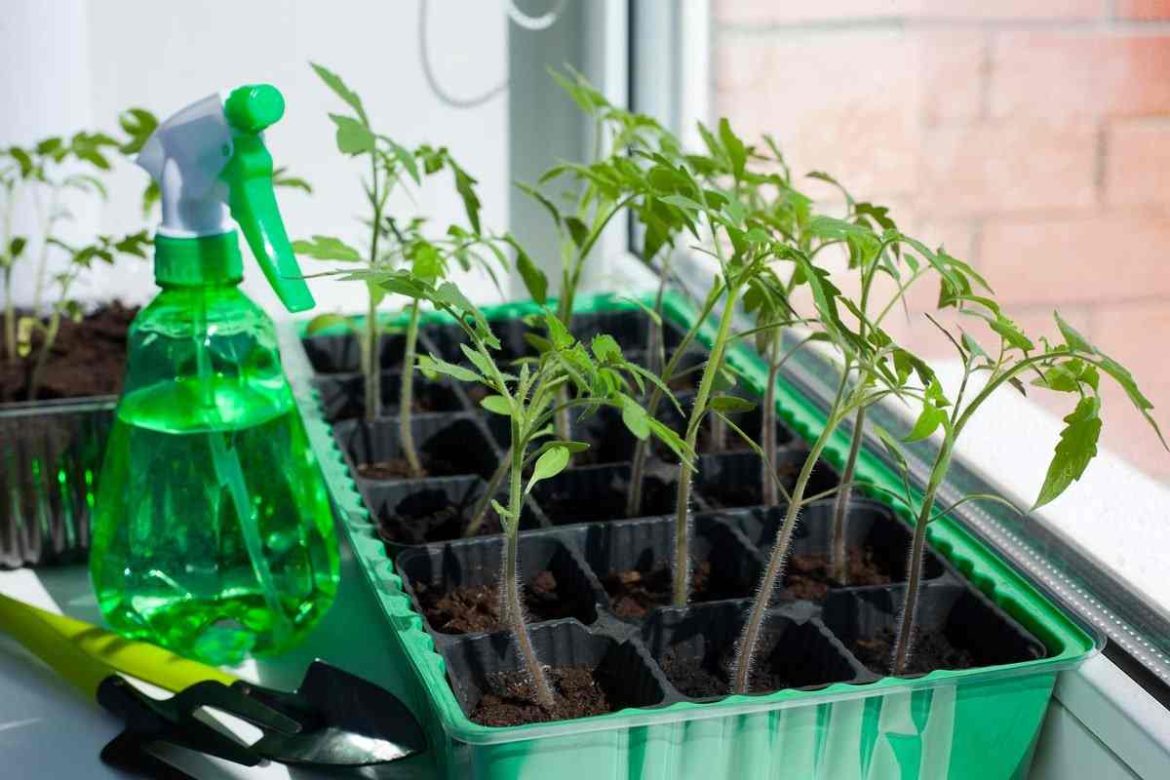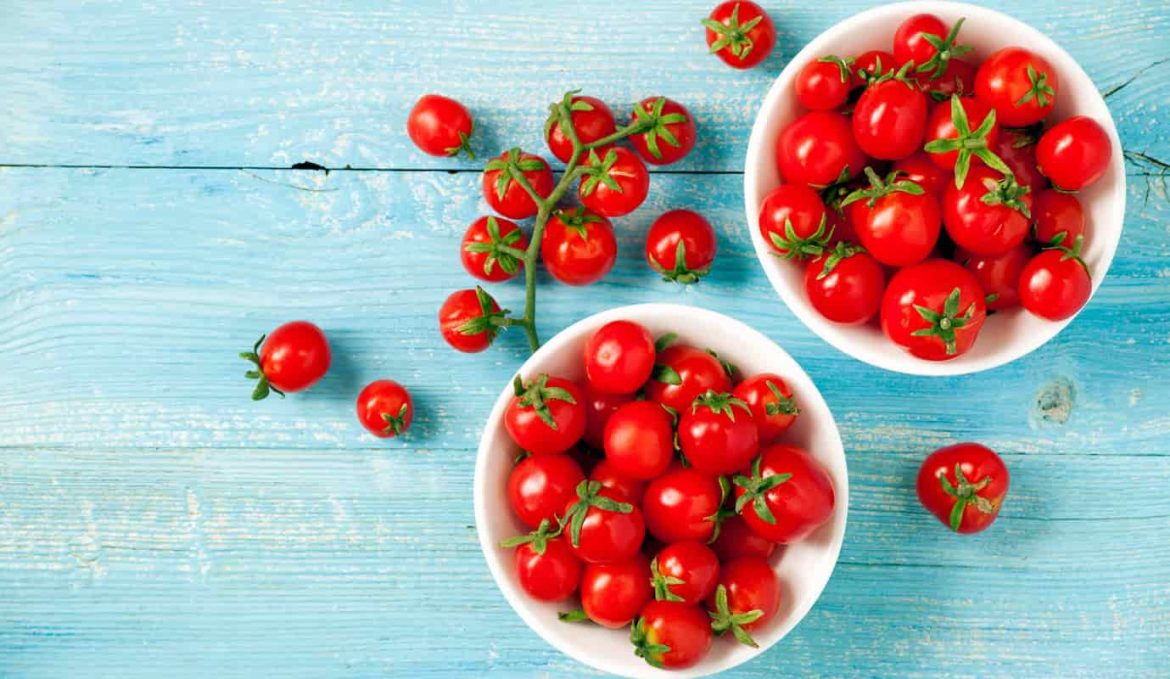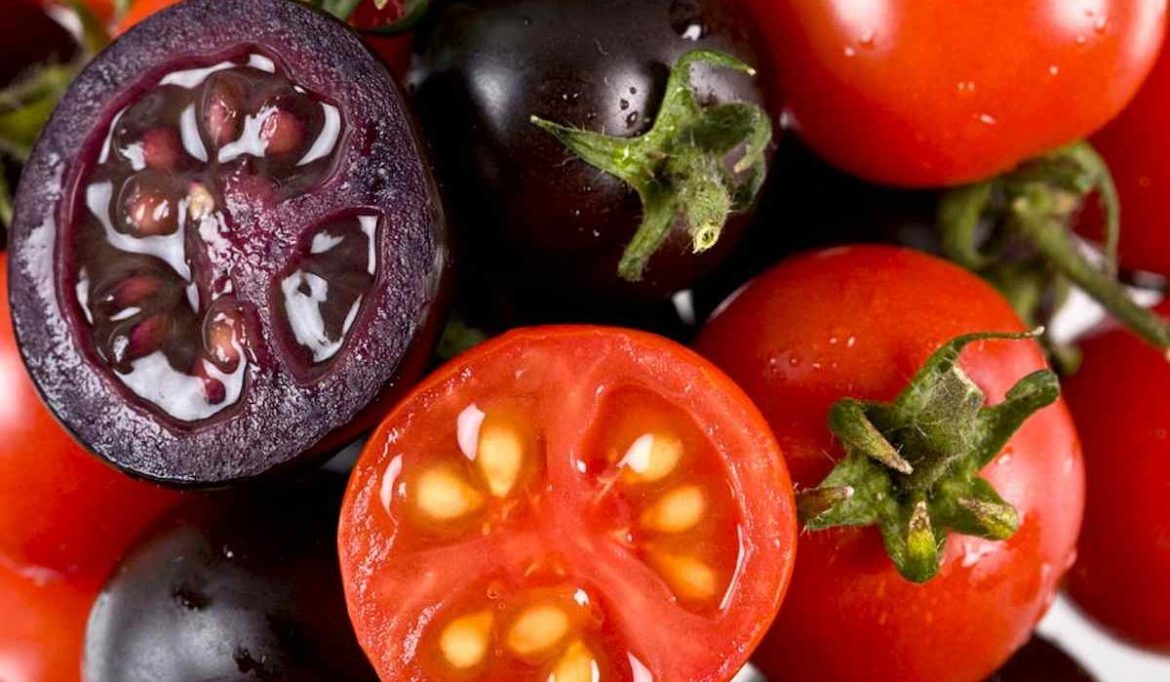beefsteak tomato varieties + uses
Different tomato types such as cherry or beefsteak have various varieties and each one has unique uses
Make sure to leave at least 18 to 36 inches of space between tomato plants
Beefsteak varieties are particularly tall and require a significant amount of space in addition to extensive training
Maintain a distance of at least 5 feet between plants to promote healthy growth and air circulation
Attach the plant to a trellis, stake, or cage using some kind of tie
They typically reach heights that are too great for the typical tomato cage, so they will need additional support given the potential weight of their baseball-sized fruit
Consider using a post-hole digger as you create a hole for each plant that is between 10 and 12 inches deep
If the end posts of the row are more than 20 feet apart from one another, you should install a post or stake down the center of the row between the two end posts at each end of the row
Ideal dimensions for posts are three inches in diameter and a height of six feet
To prevent the posts from toppling over, replace the dirt and pack it in as tightly as possible
At a height of approximately 6 feet above the ground, wind a wire with a gauge of 12 around the top of one of the end posts
Attach the end of the wire to the post using a nail or a staple
Pull the wire until it is as taut as possible, then run it all the way to the next post while maintaining the post’s position
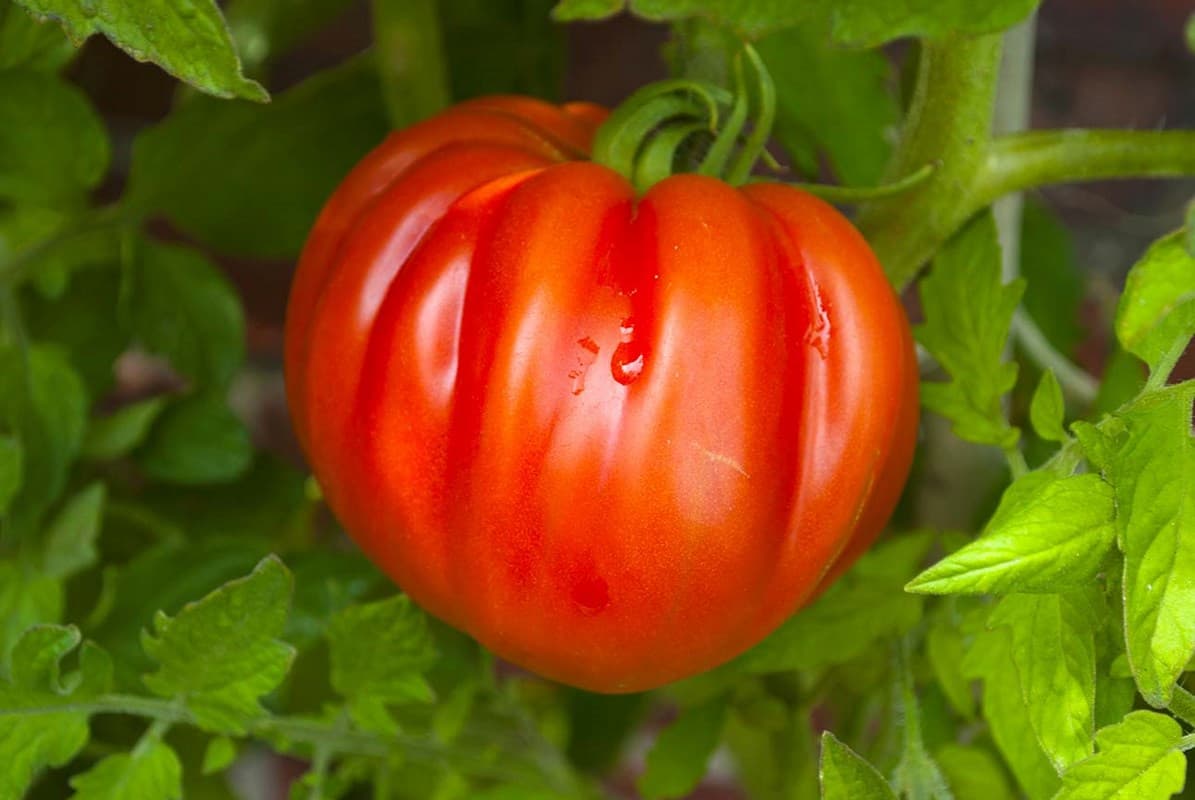
At a height of about 12 inches above the ground, affix a second wire between the posts
Make a knot in the bottom wire, then pull the twine all the way up to the top wire
Wrap the remaining end around the top
Attach any additional lengths of twine to each plant, and space the string out along the length of the trellis so that there is a gap of 36 inches between each pair
Once the structure of the trellis has been completed, plant a seedling at the bottom of each strand of twine
Each seedling should be planted at a depth that is deeper than it was growing in its starting pot
Establish at a depth that is sufficient enough so that the lowest leaf is barely above the surface of the soil
You can accomplish this by putting it vertically or horizontally into the ground in order to promote strong roots
It is best to plant beefsteak tomatoes in the ground rather than in containers because they will have more success that way
You will need to prune the plant on a regular basis as it grows
Pinch out “suckers” or new growth when it is immature and just 1/2 inch long that forms in the crotch of the stronger branches as they form on the main stem
This should be done as side branches form on the main stem
Perform this task once every week during the growing season to restrict the plant to producing only one or two primary stems at most
This will make it much simpler for the plant to climb up the trellis, and it will also inhibit the plant’s upward growth and encourage it to branch out more effectively
As the length of the stem increases, continue to wind it around the twine in the same manner
Take extra precautions not to break the stem by handling it roughly
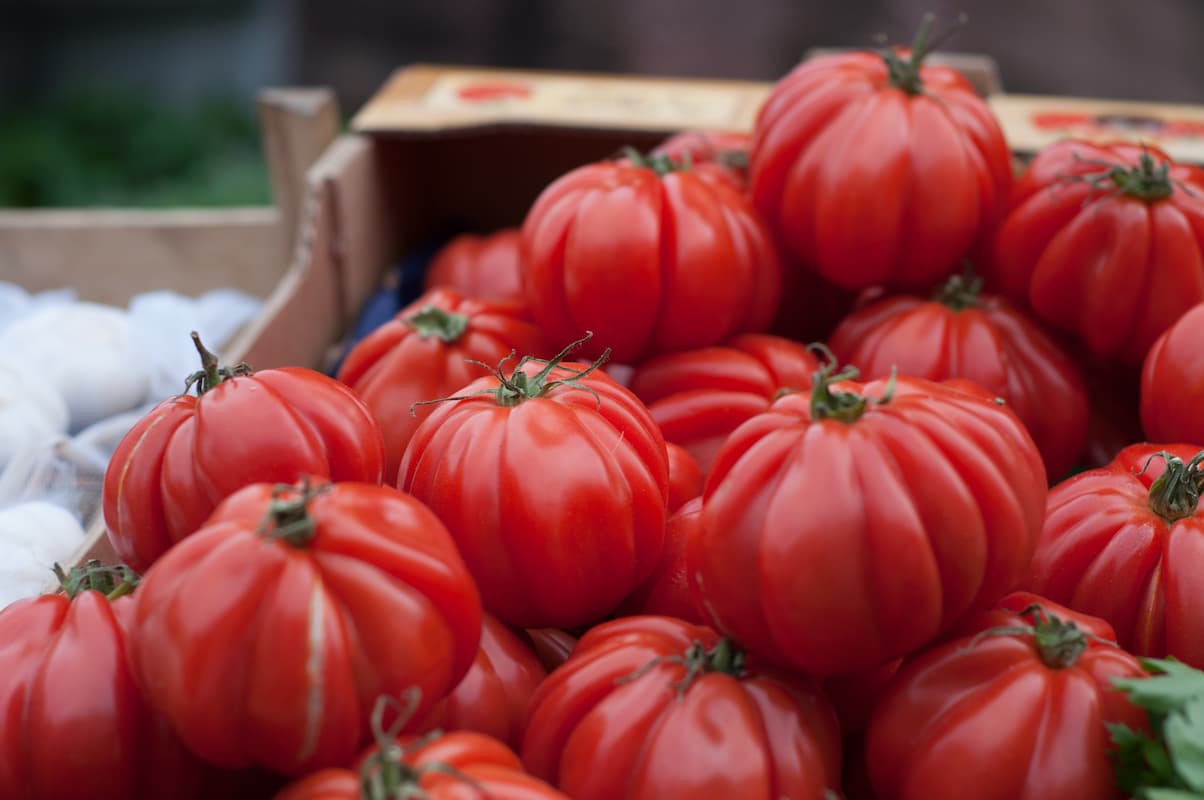
Light Give beefsteak tomatoes at least eight hours per day of exposure to full, direct sunshine
Make sure that there are no shadows caused by the neighboring trees or buildings
They produce the optimum crop when grown on a gentle slope that faces either the south or the southeast
Because it warms up faster and retains heat for longer, a well-drained raised garden bed is an excellent choice for gardening in colder areas
Soil Give beefsteak tomato plants the same type of well-drained, healthy soil that is rich in organic matter as you would any other tomato plant
High yields can be obtained from fertile clay and loam, but early harvests can be obtained from lighter soils due to their faster drainage and warming
Keep the pH between 6
0 and 6
8 at all times
Maintain a weed-free bed and apply mulch in between the tomato rows to prevent weeds from taking over and to help tomatoes retain moisture
The use of black plastic mulch will cause the soil to warm up and will also radiate heat
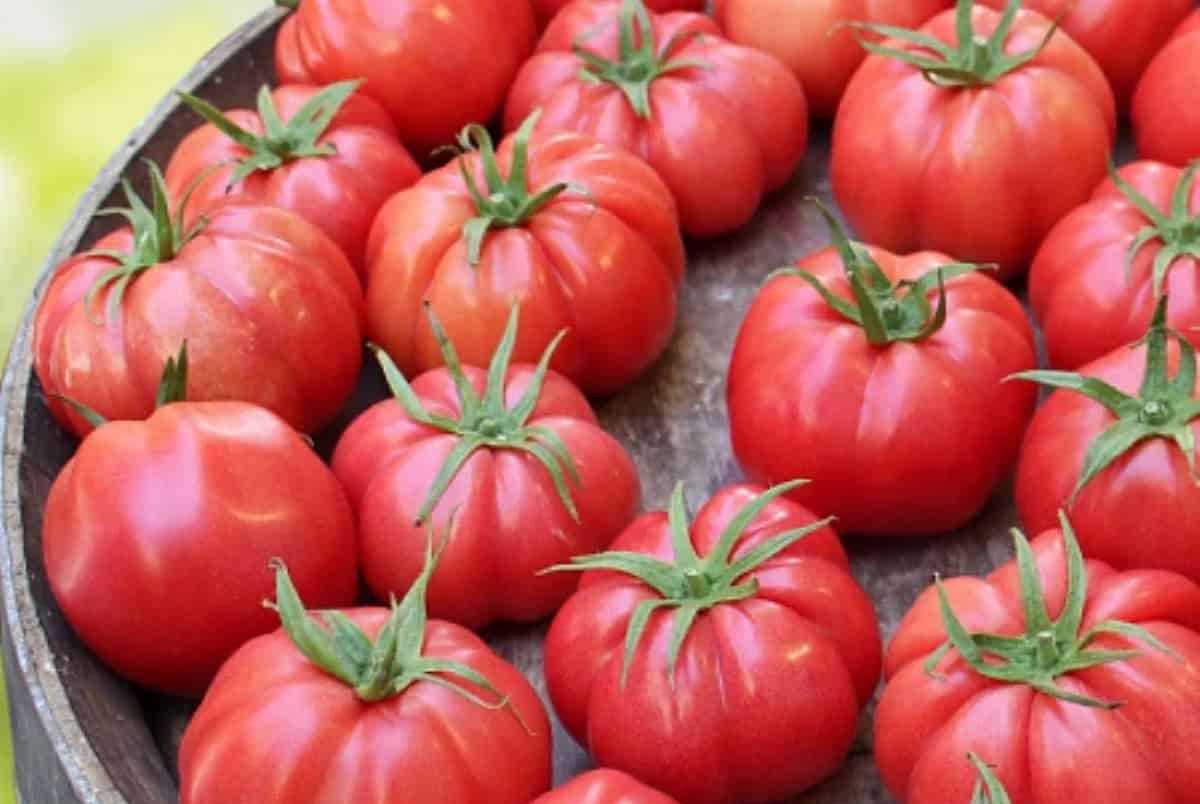
beefsteak tomato varieties
Beefsteak tomato plants come in different varieties
Subsequently, there is going to be an explanation regarding this topic
Other things to bear in mind before planting beefsteak tomatoes: Water Immediately after planting, irrigate the area to thoroughly saturate and settle the soil
Maintain a constant watering schedule for your tomato plants throughout the whole growing season, but especially after they start producing fruit
The presence of moisture will both stop fruits from cracking and promote deeper rooting in plants
Be sure to give them a good soaking if it doesn’t rain more than a quarter of an inch in a week
They will require between one and two inches of water every week
Never allow the leaves to show any signs of wilting
Fertilizer Compost and other organic additions should be worked into the soil before planting
Apply one pound of fertilizer per one hundred square feet of planting space every three weeks
The NPK ratios 8-32-16 or 6-24-24 are ideal for most plants
When caring for plants in smaller gardens, apply one to two level teaspoons of fertilizer every three weeks to each individual plant
Temperature as well as Relative Humidity Tomatoes should be planted when the temperature is above 55 degrees Fahrenheit, and ideal temps are above 60 degrees
Because they are grown during the warmer months, even a slight frost might cause the plants to suffer damage
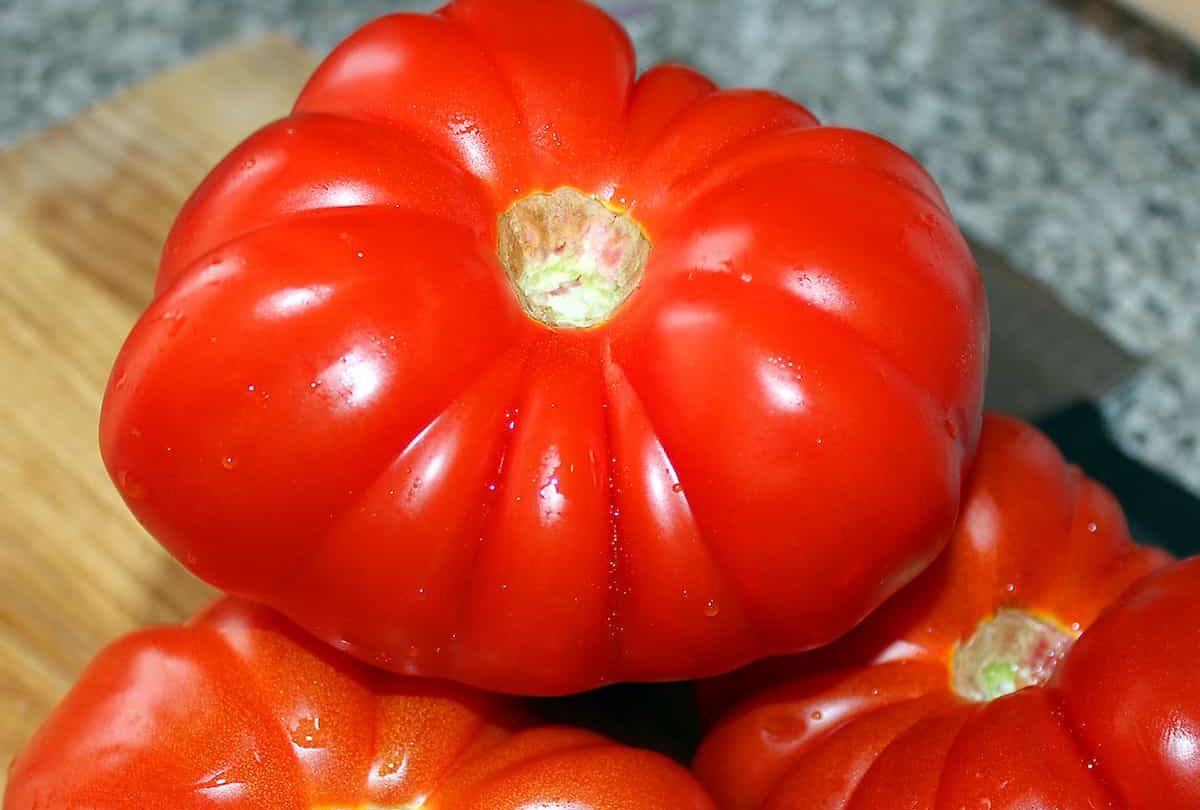
Place a frost blanket over the plants and keep it there in the event that there is a chance of frost or a drop in temperature
Starting from the Ground Up At least 85 days must pass between planting and picking most varieties of beefsteak tomatoes
It is recommended that you begin the process of growing your own seedlings because this cannot be done in many parts of the United States
When the seedlings are ready to be transplanted into their permanent locations, they should have been started indoors six to eight weeks before the first spring frost
Start a second planting of seeds around two to three weeks after the first one
This will allow you to lengthen the fruit-producing season, which is especially beneficial in the southern areas
Plant the seeds on flats and tend to them until they reach a height of at least 20 centimeters
The seedlings should then be hardened off before being transplanted after the final spring frost has passed
Your community’s Cooperative Extension Service will be able to provide you with information regarding the optimal planting periods for your growing zone
Different Varieties of the Beefsteak Tomato “Hungarian Heart” provides growers with a beefsteak that is versatile enough to be used in the kitchen, in the cannery, or even just enjoyed straight from the vine
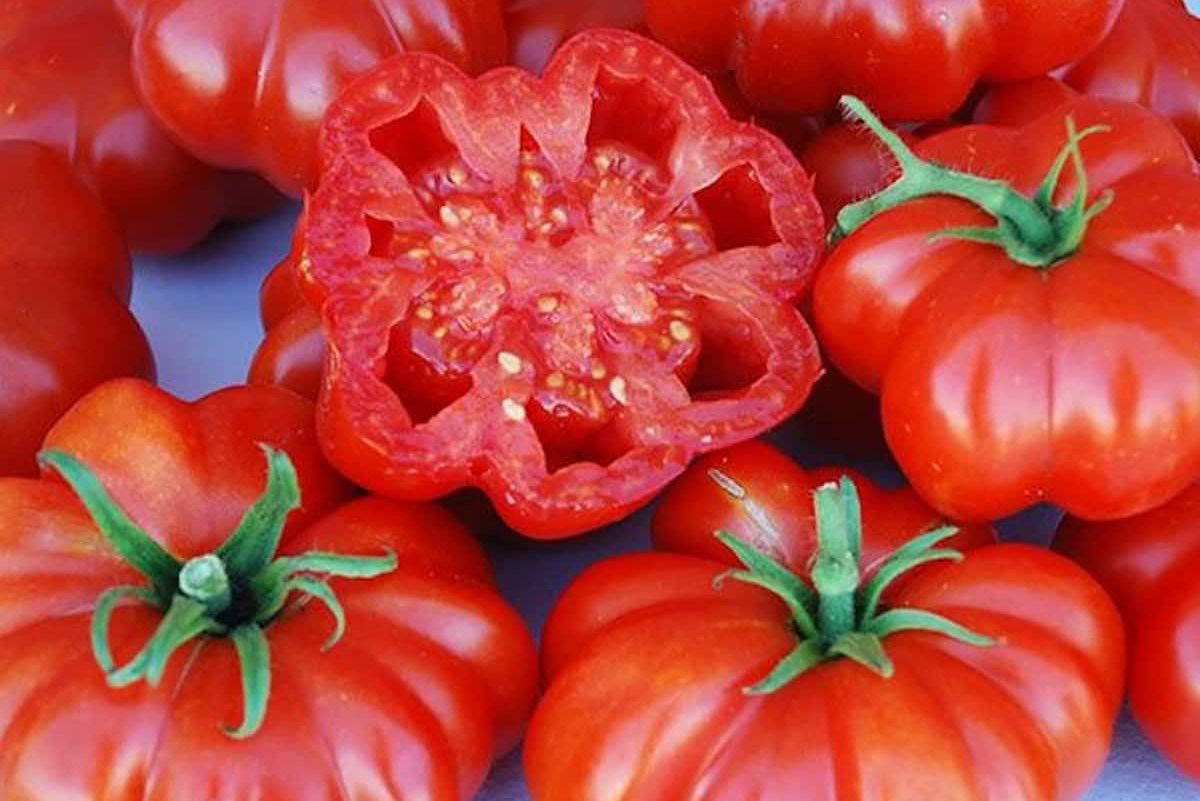
The shades of yellow and orange that make up the ‘Copia’ variety make it an excellent choice for salads
“Striped German” has a marbled look and a flavor reminiscent of fruit
“Great White” refers to a fish that has white meat and a flavor similar to cream
Frequent Insect Problems and Illnesses Each and every kind of beefsteak tomato is susceptible to a wide range of illnesses and insects
Maintain a keen eye out for any problems, and if you do find any, address them as quickly as you can
Flea beetles, tomato hornworms, aphids, and rodents like squirrels are examples of some of the most frequent kinds of pests
The presence of high humidity increases the risk of fungal infections, such as early blight and late blight
Aphids can be eradicated by spraying the affected area with a stream of warm water
In addition to this, you can handpick individual beetles, eggs, and larvae, and then destroy them
Utilize row covers to shield plants from damage caused by flea beetles at an early stage
Maintain a steady hydration level while avoiding waterlogging the soil and fungal illnesses by watering the plant early in the day at the base of the plant rather than watering it from above
This will prevent fungal diseases and blossom end rot
Keeping the area around the beefsteak weeded will also promote healthy air circulation
Moving ahead, the most effective method for avoiding many of these problems is to use appropriate crop rotation practices
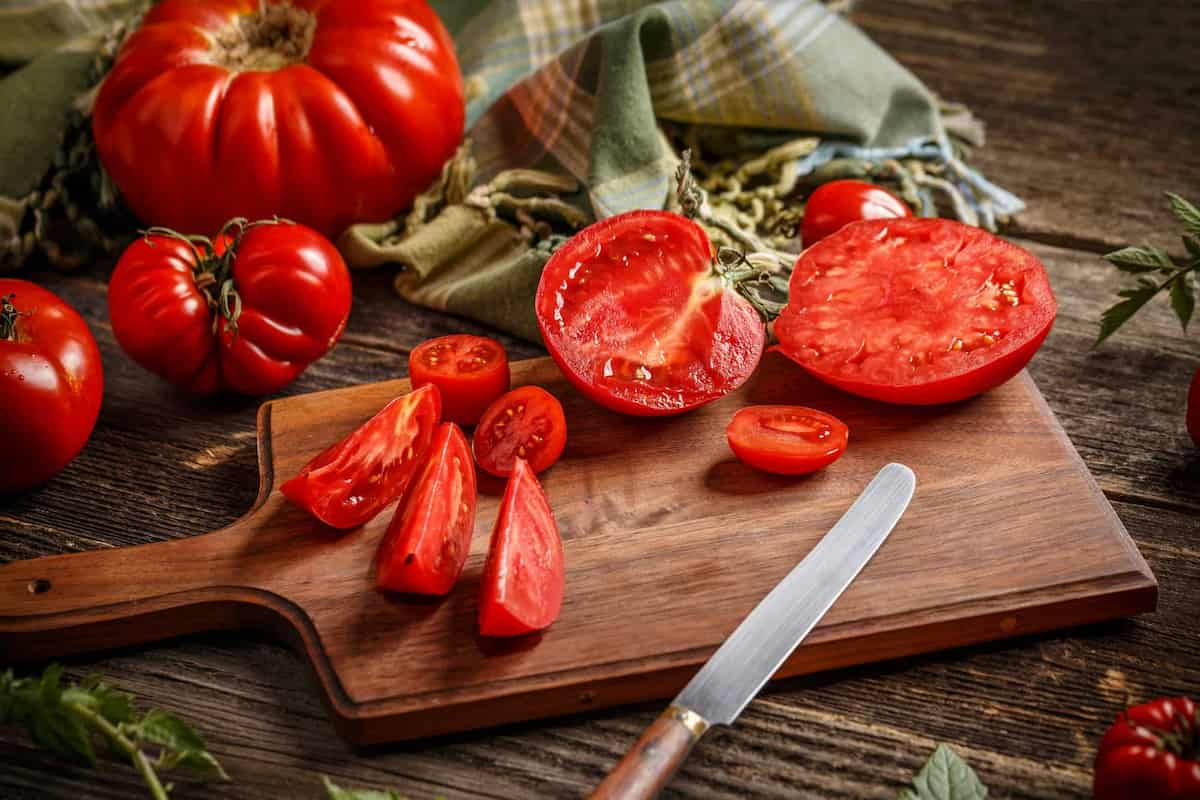
beefsteak tomato uses
There are many different uses for various tomato types such as beefsteak tomatoes
The fact that these tomatoes have a substantial amount of flesh makes them particularly well-suited for slicing, which is how they got their name in the first place
However, they are used for much more than just topping sandwiches
Additionally, they are the perfect variety for tomato salad, Caprese salad with leaves from your own basil plant, and any other type of salad
Because of their subtle flavor, they also form an excellent foundation for dipping sauces and spreads
They are not acidic and have a pleasant profile
Instructions for Cultivating a Beefsteak Tomato Plant There are several reasons why beefsteak tomatoes are an excellent type for home gardeners to try growing
Beefsteak tomatoes not only lend themselves perfectly to some of our most beloved summertime cuisines, but they also look rather gorgeous when grown in a garden
Additionally, they are simple to cultivate in private gardens
In addition, beefsteak tomatoes do not perform well in commercial farming, which is one reason why it can be challenging to locate them in large supermarkets
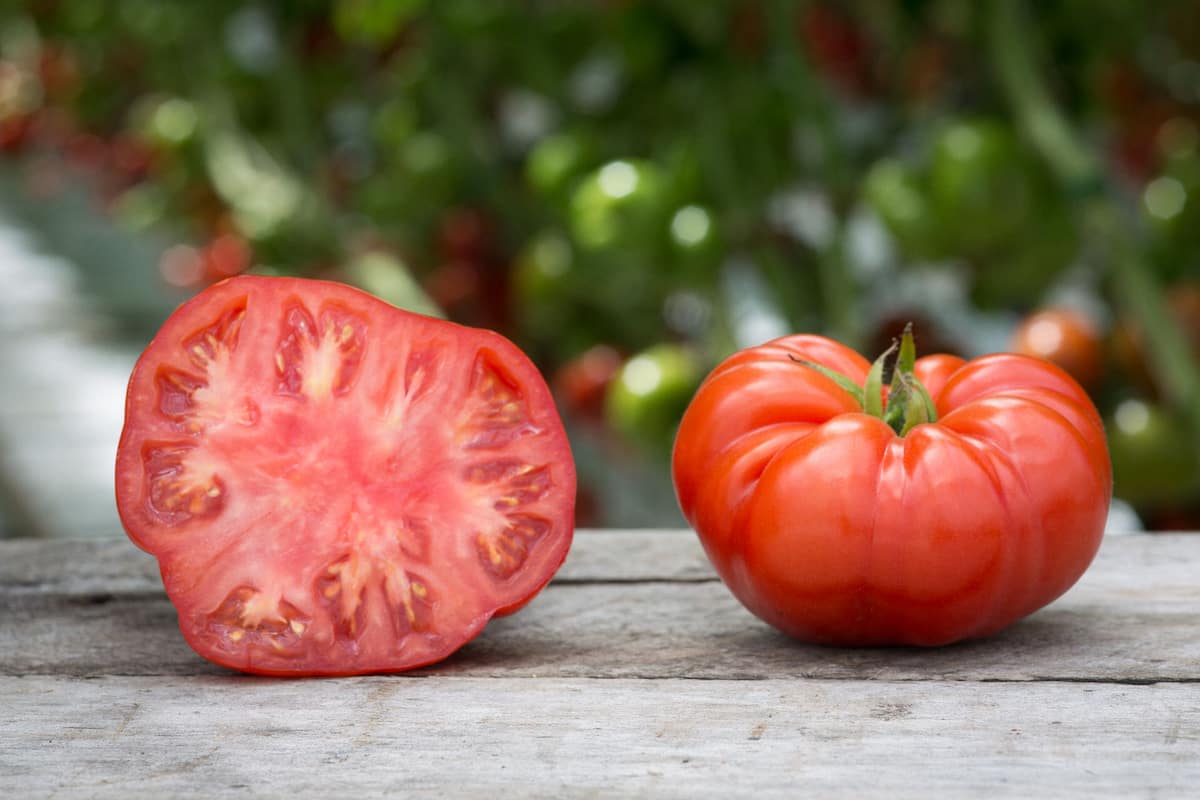
Growing your own tomatoes may be the only way to get your hands on some of these delectable fruits this summer, if you don’t have access to a local farmer’s market or a grocery store that carries them
This guide will walk you through everything you need to know to grow your very own beefsteak tomatoes at home
Planting Beefsteak Tomato Seedlings and Watching Them Grow The growing season for these tomatoes is quite lengthy
Your plants will need some sort of protection from the elements if you want to cultivate them outside throughout the majority of the country
It is best to start the process of germination of seeds indoors so that the tender seedlings can be shielded from the cold
The general guideline is that you should plant your tomatoes in the ground outside approximately two weeks after the last frost of the season, when the soil temperature has reached approximately 60 degrees Fahrenheit
When you should begin the germination process can vary greatly depending on where you live
The majority of individuals start sowing their seeds around the beginning of March, which allows them to be ready for planting at the beginning of May
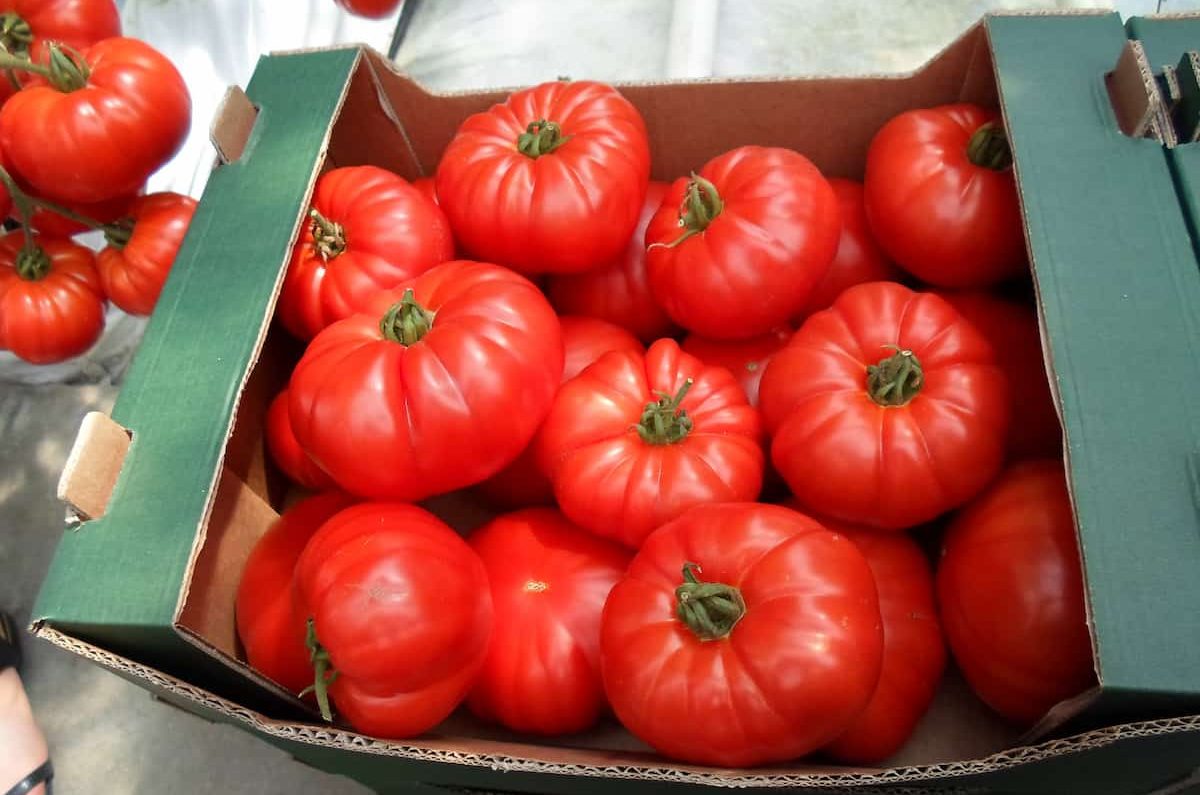
You can start the germination process for your seeds in small portions or flats
You have access to a wide variety of excellent substrates, such as peat pellets, seed starting soil, and potting soil, amongst others
After you have determined your container and your growing medium, you will need to: Each container should include two beefsteak tomato seeds placed inside
You should plant them at a depth that is approximately three times as much as the diameter of the seed
This is typically between one-fourth and one-half of an inch deep
Position in a spot where it will get sunlight
When the soil is dry, water the plants
Wait until the seedlings have reached a height of about eight inches before you harden them off
Growing plants in the open air
If you keep your seedlings in a warm environment that gets a lot of sunlight, they will have a better chance of germinating successfully
Your seeds will start to germinate between between 7 and 14 days after you’ve planted them
Even though they can survive in light for up to 16 hours per day, they require a period of darkness in order to develop properly
If you are going to use grow lights, make sure not to leave them on for an entire day
Before you put them outside, you’ll also need to “harden off” the plants first

They should be left outside for a week, but they should have some protection from the scorching sun and the extreme temperatures
You can finally plant them after you’ve given them a week to get used to being outside in the fresh air
If you have nutrient-dense soil, you can plant seedlings directly in the ground or in garden beds
There is also the option of planting them in containers
Tomatoes can be successfully defended against animal predation by being grown in containers outside
Container gardening is also a great option for areas with limited space or for people who do not have access to a garden plot

